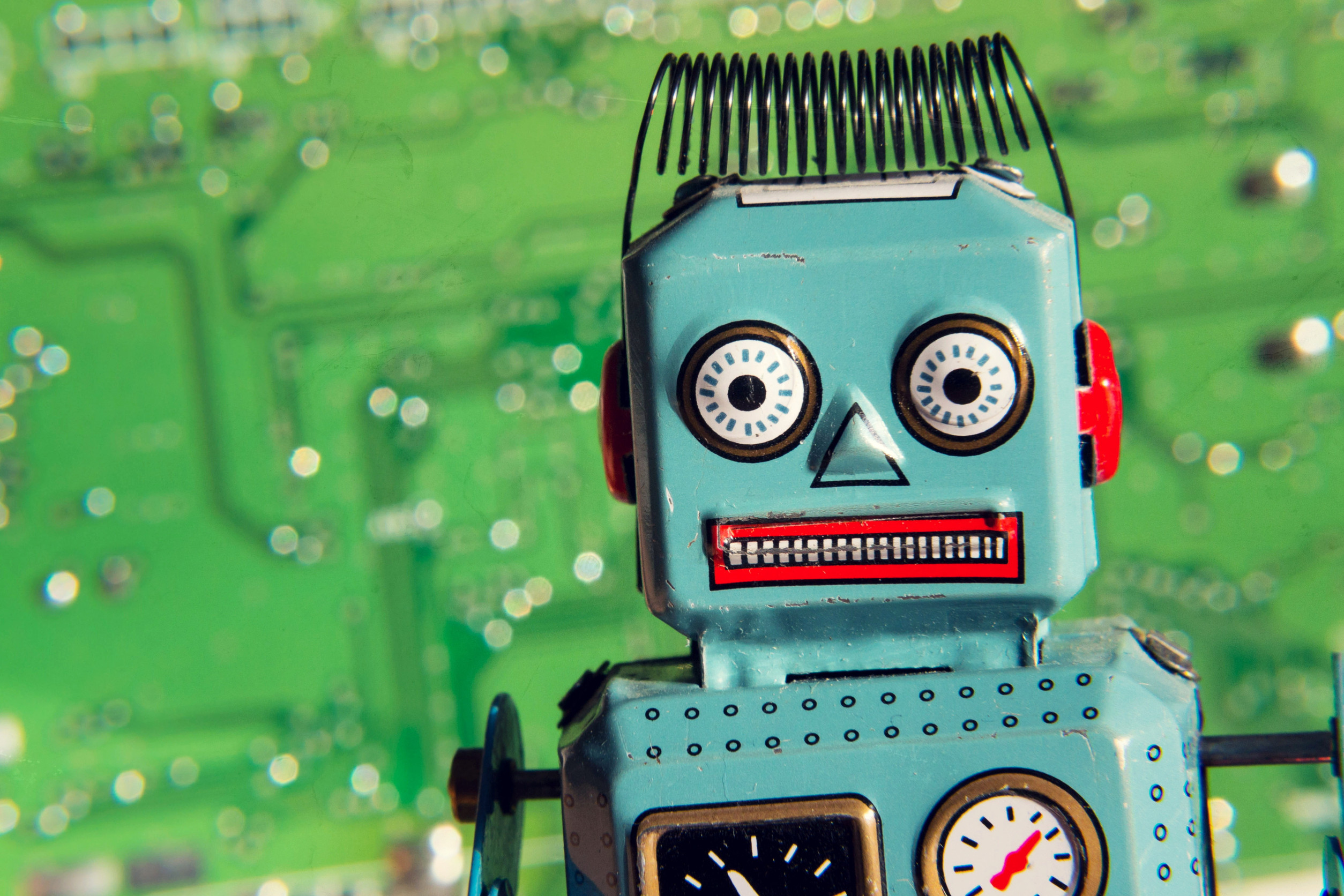Kid gadgets promise learning, fun, and convenience—but what many parents don’t realize is that some of these devices are quietly listening, watching, and collecting data in the background. From smart toys to talking tablets, your child’s favorite electronics may be creating digital records of your family’s voice, movements, habits, and conversations. And it’s not just creepy—it can be a real privacy threat. If you’re not reading the fine print or checking privacy settings, you could unknowingly be exposing your family to unnecessary surveillance. Here are seven popular kid gadgets that might be secretly recording more than you think.
1. Smart Speakers in Shared Spaces
Devices like Amazon Echo Dot Kids Edition or Google Nest Mini are designed to be kid-friendly, but they’re still always listening for their “wake” words. During that passive listening, these kid gadgets may record snippets of conversation—even when unintended. Some recordings are stored on company servers and can be reviewed later through your account settings. Parents may assume their child’s commands are harmless, but what’s said in the background could be captured too. Checking privacy settings and regularly deleting voice history helps limit what’s being stored.
2. Talking Toys with Built-In Microphones
Interactive toys that talk, respond to voice prompts, or “learn” your child’s name often come equipped with microphones that can record audio. Brands like My Friend Cayla or certain robotic pets have come under fire for recording children without clear disclosure. These gadgets may transmit recordings to third parties for analysis or data storage. In some cases, toys have even been banned in certain countries for breaching privacy laws. Always review a toy’s permissions and consider if a non-connected version is a safer bet.
3. Smart Watches and GPS Trackers
Wearable kid gadgets with location tracking features often include microphones and even cameras. While marketed as safety tools for parents, some devices have been found to transmit data without encryption, making it vulnerable to hackers. Some models allow for remote listening or voice messaging, which may be abused if not tightly controlled. The data may also be stored by the company and used for purposes beyond navigation. Before giving your child a smartwatch, review how it handles audio, GPS, and data security.
4. Educational Tablets with Voice Commands
Kid-friendly tablets like Amazon Fire Kids or Leapfrog learning tablets often include features like voice search or story mode. These features rely on built-in microphones that may store recordings on company servers. Because the devices are often linked to a parent account, audio activity may also be tied to your family profile. If settings aren’t properly adjusted, third-party apps could access this data too. Regularly check permissions, review app access, and disable voice features if they’re not essential.
5. Wi-Fi-Enabled Baby Monitors
Baby monitors used to just stream video and audio locally, but today’s high-tech models often connect to apps, cloud storage, and even voice assistants. Some monitors have microphones that record sound to alert you when your baby cries—but that same feature may capture private conversations. If cloud storage is enabled, those audio clips may be stored off-site and potentially exposed in data breaches. Choose models with strong encryption, limit app access, and turn off unnecessary features when your home.
6. Camera-Equipped STEM Toys
Toys that teach coding, robotics, or animation often include cameras for interactive learning. While engaging, these gadgets can record video or images and store them in ways parents aren’t fully aware of. Some apps allow uploads to public forums or cloud servers, and children may unintentionally share footage that includes family members or personal spaces. Be cautious about features that allow sharing or “progress tracking.” Keep these toys in common areas and supervise usage whenever possible.
7. Gaming Consoles with Voice and Video Chat
Devices like Xbox, PlayStation, and Nintendo Switch offer voice chat, video calls, and social features that can inadvertently collect data. Built-in microphones and cameras may stay active longer than expected, especially if default settings allow always-on communication. Conversations, reactions, or background sounds could be picked up without parents realizing. Adjusting settings, limiting chat permissions, and using parental controls is key to keeping your child’s gaming activity safe and private.
Awareness Is Your Best Defense
Kid gadgets can offer creativity, education, and connection—but they come with digital strings attached. The more connected a device is, the more opportunities it has to record or collect data without clear consent. Staying informed about what each gadget is capable of and proactively managing privacy settings is the best way to protect your family. It’s not about fear—it’s about making smart, informed choices in a connected world.
Have you found a surprising gadget collecting more data than expected? What kid gadgets do you trust most? Share your experiences in the comments!
Read More:
Experts Warn: 4 Car Seat Errors Still Happening (They’re Dangerous)
Home Check: 10 Baby Items Full of Hidden Toxins
Catherine is a tech-savvy writer who has focused on the personal finance space for more than eight years. She has a Bachelor’s in Information Technology and enjoys showcasing how tech can simplify everyday personal finance tasks like budgeting, spending tracking, and planning for the future. Additionally, she’s explored the ins and outs of the world of side hustles and loves to share what she’s learned along the way. When she’s not working, you can find her relaxing at home in the Pacific Northwest with her two cats or enjoying a cup of coffee at her neighborhood cafe.
